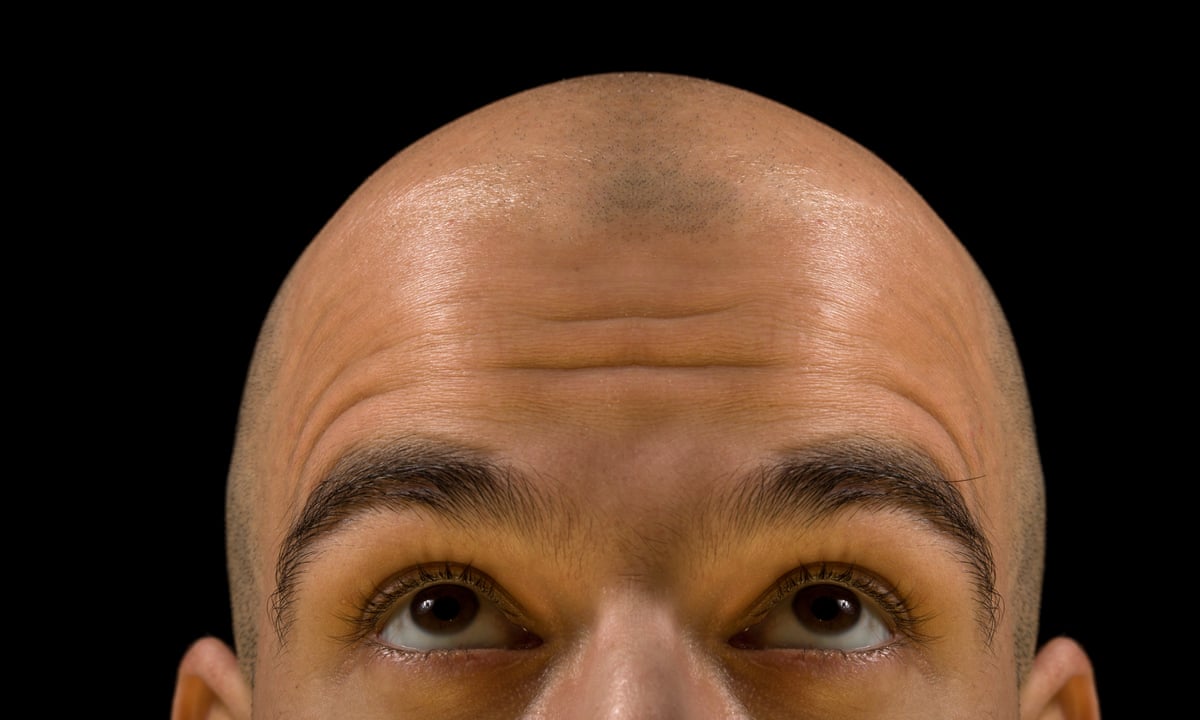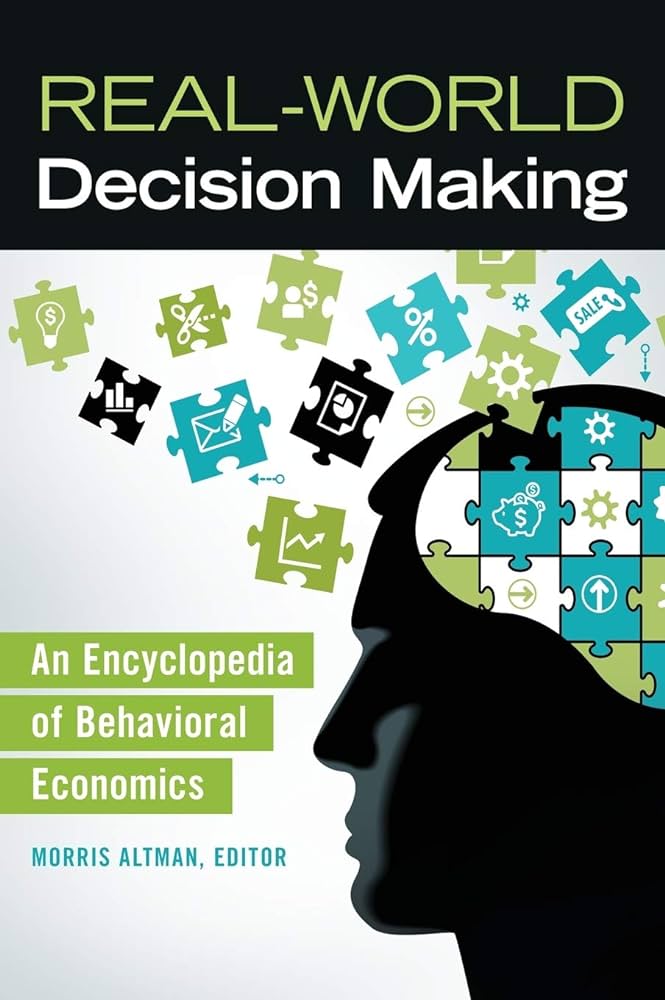Why Is Baldness Increasing?
Baldness, or alopecia, is becoming increasingly common in both men and women. There are a variety of potential causes for this trend, from genetics to environmental factors to stress. While some baldness is unavoidable, there are lifestyle factors that can be modified to reduce the risk of hair loss. Understanding why baldness is increasing can help people take proactive steps to prevent or slow down the process.
Causes of Increased Baldness
Baldness affects millions of people, and it’s a condition that can cause significant emotional distress. But why is baldness increasing? To answer this question, we must first look at the underlying causes.
Hereditary factors are thought to be the most common cause of baldness. If one or both of your parents have a genetic predisposition for baldness, then you may have an increased risk of developing hair loss.
Environmental factors can also play a role in hair loss. Exposure to extreme heat, cold, or pollutants can cause damage to the follicles, leading to thinning or baldness. Additionally, certain hairstyles or treatments such as tight braiding, cornrows, or chemical relaxers can lead to hair loss.
Medical treatments can also lead to baldness. For example, chemotherapy and radiation therapy can damage the follicles and lead to hair loss. Additionally, some medical conditions such as lupus, diabetes, and thyroid disease can also cause hair loss.
Finally, baldness can be caused by hormonal changes. When testosterone is converted into DHT, it can lead to hair loss. This is why men are more likely to be affected by baldness, as they typically have higher levels of testosterone.
In conclusion, baldness is increasing due to a variety of factors, including hereditary predisposition, environmental factors, medical treatments, and hormonal changes. Understanding the causes of hair loss can help people take steps to reduce their risk of baldness.
How Baldness Affects the Body
Baldness is a common condition that affects millions of people worldwide. While it is often thought to be a cosmetic issue, baldness can negatively impact someone’s physical and mental health. It can also lead to issues like low self-esteem, depression, and social anxiety.
The physical effects of baldness are most often seen in the form of hair loss. As hair thins or falls out, the scalp can become exposed to the sun, leading to sunburn and other skin damage. Hair loss can also cause scalp sensitivity, making it more prone to irritation, inflammation, and infection.
In addition to the physical effects, baldness can also affect someone’s mental health. People with baldness can suffer from low self-esteem, depression, and social anxiety. This can cause them to withdraw from social activities and avoid interacting with others, leading to feelings of isolation.
Although there is no one cause of baldness, there are treatments available. Some treatments focus on slowing hair loss, while others may help regrow hair. Additionally, lifestyle changes, such as improving nutrition and reducing stress, may help prevent or reduce the effects of baldness.
Baldness is an increasingly common condition that can have a significant impact on physical and mental health. It is important to understand the causes and treatments of baldness to help manage it effectively. By making lifestyle changes and seeking professional help, individuals can reduce the effects of baldness and improve their quality of life.
Treatments for Baldness
Baldness is a condition that many people are struggling with, and it can be caused by various factors. The good news is that, while there is no cure for baldness, there are treatments that can help reduce the effects of baldness. These treatments can range from topical solutions to medical procedures, and include medications, laser therapy, surgery, and hair transplantation.
Medications such as minoxidil, finasteride, and dutasteride are commonly used to treat baldness. Minoxidil is typically applied to the scalp, while finasteride and dutasteride are taken orally. These medications may help slow or stop hair loss, and can even promote new hair growth, although the results may not be permanent.
Laser therapy is another treatment option for baldness. This is a non-invasive procedure that uses low-energy laser light to stimulate hair follicles and promote hair growth. The results may be temporary, but can be beneficial for those with mild to moderate baldness.
Surgery is an option for those with severe baldness. Hair transplantation is a surgical procedure that involves removing healthy hair follicles from an area of the scalp and transplanting them to bald areas. This procedure can be used to create a natural-looking hairline and is considered a permanent solution for baldness.
These are just a few of the treatments available for baldness. While there is no cure for baldness, these treatments can help reduce the effects and improve the appearance of baldness. Those considering treatments should speak to a doctor or dermatologist to determine the best course of action for their individual situation.

The Sociocultural Impact of Baldness
Baldness is a common problem that affects millions of people around the world. The causes of baldness can be varied, ranging from genetics to medical conditions. However, the sociocultural aspects of baldness should not be overlooked. Baldness has long been associated with strength and virility, making it a sought-after aesthetic. As such, it has become increasingly popular in recent years. But this trend is not without its consequences.
The rise in baldness has had a lasting effect on society, particularly in terms of our perceptions of beauty and masculinity. Men who are bald are often portrayed as strong and confident, while women who are bald are often seen as being less attractive. This has resulted in an increased pressure on both men and women to seek out treatments for their baldness, which can sometimes be expensive and dangerous.
At the same time, baldness has been used as a tool of discrimination. Individuals who are bald are often stigmatized and marginalized by society, leading to feelings of alienation and worthlessness. This is especially true in the workplace, where baldness can be used as a criteria for making hiring decisions.
To be sure, baldness is a medical condition that should be taken seriously. But it is also important to recognize the sociocultural implications of baldness. By understanding the impact baldness has on our society, we can work to create a more inclusive and tolerant world for everyone.
How Baldness is Perceived in Different Cultures
Baldness can be seen as a sign of strength, wisdom and leadership in some cultures, while in others it can be seen as a sign of weakness or even humiliation. In some cultures, baldness is seen as a sign of power, strength, and even leadership. Ancient Egyptians, for instance, associated baldness with a higher status, and it was even believed that Pharaohs used to shave their heads to signify their power. In China and Japan, baldness is seen as a sign of wisdom and strength, with many Buddhist monks and samurai warriors choosing to shave their heads in order to appear more powerful.
On the other hand, baldness can also be seen as a sign of weakness or humiliation in some cultures. In India, for instance, baldness is seen as a sign of bad luck and can be a source of shame and embarrassment. In some Middle Eastern countries, baldness is also seen as a sign of bad luck, and some men may even cover their heads with a scarf or a hat to hide their baldness.
Overall, the perception of baldness varies greatly from culture to culture, and it’s important to understand the cultural context before making any assumptions about the role of baldness in a particular society. While baldness may be seen as a sign of power, strength, or even wisdom in some cultures, it can also be seen as a sign of weakness or humiliation in others.
What We Can Do to Combat Baldness
Baldness has become an increasingly common problem faced by men and women of all ages. While genetics play a role, lifestyle, stress, and environmental factors are all contributing causes. But what can we do to combat baldness?
The first step to combatting baldness is to identify the underlying cause. If stress is a contributing factor, then taking measures to reduce stress can help slow or stop hair loss. This may include exercise, healthier eating habits, or simply taking a moment to relax and unwind. If environmental factors are the cause, then changing the way we interact with our environment can be helpful. This could include wearing a hat to protect the scalp from sun damage, using air purifiers to reduce air pollution, or avoiding hair products that contain harsh chemicals.
Another option is to consider medical treatments. There are many medications available that can help stimulate hair growth, including minoxidil, finasteride, and biotin. Additionally, laser hair therapy and hair transplant surgery are two options for those looking for a more permanent solution.
Finally, it’s important to remember that baldness is a natural part of aging and no one should feel ashamed of any hair loss they may experience. Accepting baldness and embracing it can be empowering and liberating. Additionally, many celebrities have embraced baldness and shown that it can be a sign of strength and sexiness.
By recognizing the underlying causes of baldness and taking steps to combat it, we can help to reduce the number of people facing this issue. With dedication and effort, it is possible to stop or slow the progression of baldness and regain self-confidence.
FAQs About the Why Is Baldness Increasing?
1. Is there a connection between baldness and aging?
Yes, the natural aging process can contribute to baldness. As we age, our scalp loses the ability to produce new hair and the hairs that remain become thinner and more brittle.
2. Are there any medical causes of baldness?
Yes, there are several medical conditions that can cause baldness. This includes alopecia areata, a condition in which the immune system mistakenly attacks the hair follicles, and androgenic alopecia, a form of hair loss that affects both men and women.
3. Are there any lifestyle factors that can contribute to baldness?
Yes, there are several lifestyle factors that can contribute to baldness. This includes stress, smoking, and poor nutrition. Additionally, some medications and medical treatments can also contribute to hair loss.
Conclusion
The increasing prevalence of baldness is likely due to a combination of genetic and lifestyle factors. Genetics play a major role in determining whether or not a person will experience baldness, with male pattern baldness being the most common form. Certain lifestyle factors, such as stress, smoking, and poor nutrition can also contribute to hair loss. While there is no single answer as to why baldness is increasing, it is important to recognize the potential factors that can contribute to this condition. Taking steps to reduce stress and maintain a healthy diet and lifestyle can help reduce the risk of baldness.





